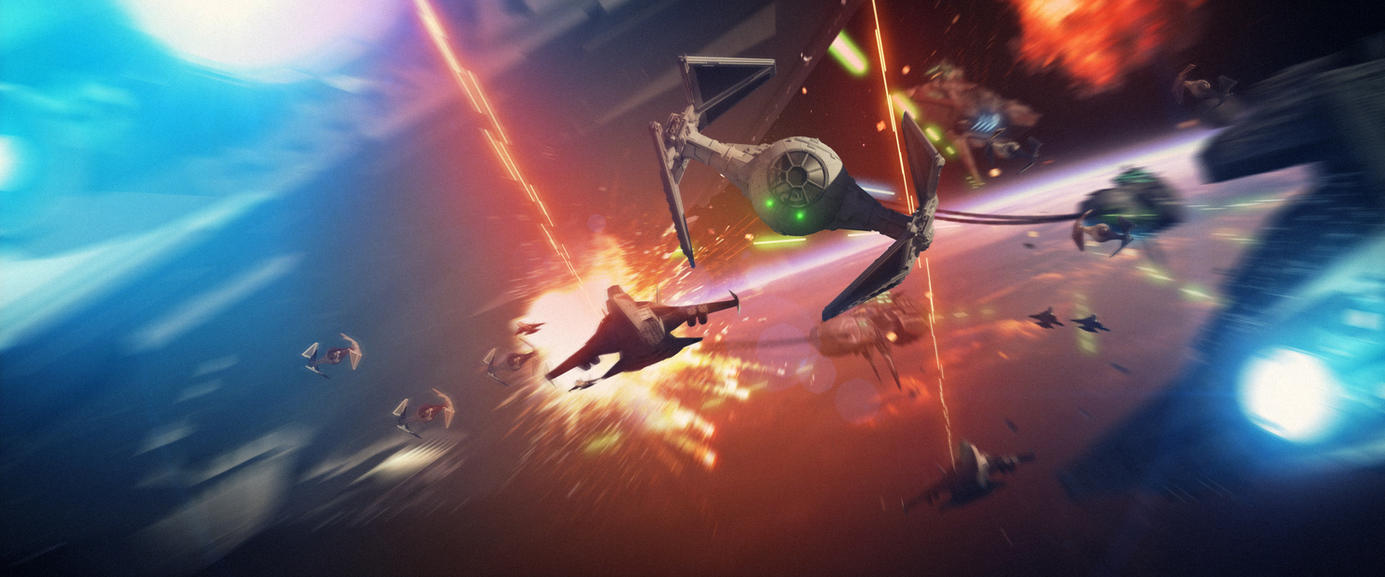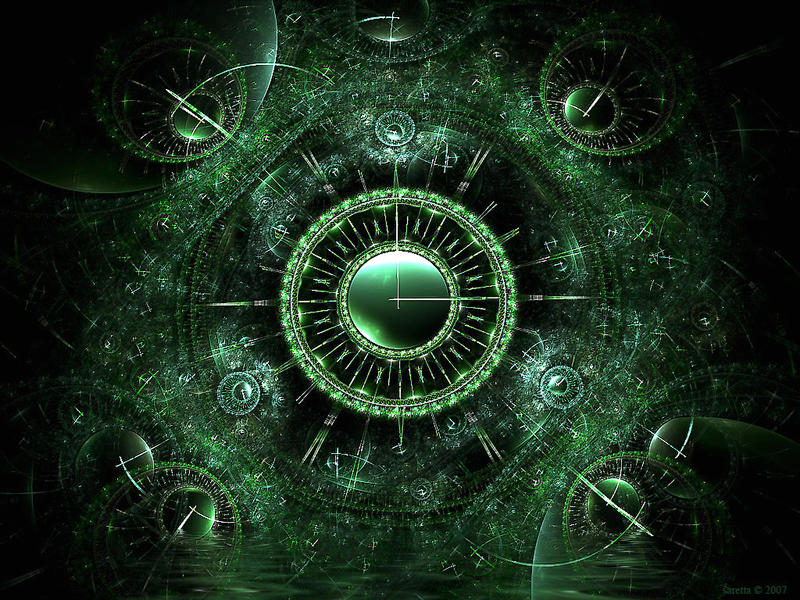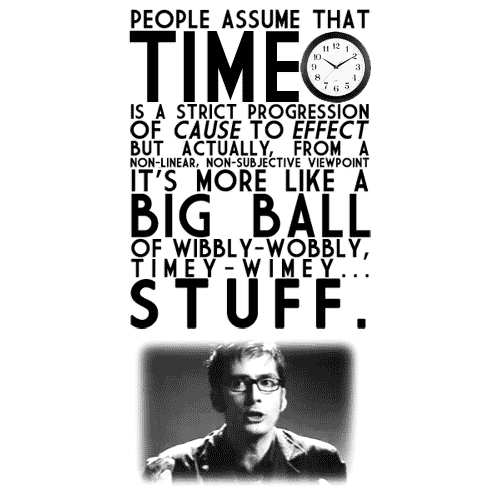 |
| Image Source: http://dawnofvictory2289.deviantart.com/art/A-Day-Long-Remembered-578523559 |
Recently we decided that random skirmishes were all good and fine, but we wanted something where victory mattered more, and resources were limited. So last night we sat down and hammered out some tentative rules for a campaign test as follows.
- 400 points to spend building a stable of available pilots and upgrades
- multiples of upgrades cards may be purchased, 2x limit on 0 point upgrades
- unique pilots are unique, but multiples of generic pilots are allowed
- negative squad point title upgrades are limited to 1 per eligible pilot
- Play will be at 100 points, and limited to only those cards purchased above
- Destroyed ships are removed permanently from that player's roster as well as the attached upgrades
- A ship that flees the field must be played in the next match, and gains a permanent +5 point cost penalty
Pretty simple and easy we think. The forced deployment and point penalty prevent abusive retreats (like a gunboat firing its missiles and immediately fleeing. And also gives an immediate and guaranteed edge to the other player.
We drafted our forces with my having Imperials and my friend taking Scum.
My force as follows:
- Pilots
- TIE/In
- Soontir Fel
- Royal Guard Pilot
- Royal Guard Pilot
- TIE Adv. Prototype
- The Inquisitor
- TIE Defender
- Col. Vessery
- Lambda Shuttle
- Col. Jendon
- TIE/fo
- Omega Leader
- Zeta Leader
- Zeta Ace
- Epsilon Squad Pilot
- TIE Phantom
- Echo
- Upgrades
- Titles
- TIE/x7
- TIE/D
- TIE/v1
- Royal Guard TIE (x4)
- ST-321
- Systems
- Fire Control System (2x)
- Tech
- Comm Relay (x3)
- Cannons
- Heavy Laser Cannon
- Ion Cannon
- Crew
- Weapons Engineer
- Rebel Captive
- Intelligence Agent
- Missiles
- Cluster Missiles
- Elite Pilot Talents
- Marksmanship
- Wired
- Juke (x3)
- Push the Limit (x3)
- Veteran Instincts
- Predator
- Adaptability
- Modifications
- Stealth Device (x3)
- Autothrusters (x2)
- Advanced Cloaking Device
- Twin Ion Engins Mk. II (x2)
- Guidance Chips
- Lost Pilots & Upgrades
- Darth Vader
- TIE/x1
- Advanced Targeting Computer
- Adaptability
- Valen Rudor
- TIE/v1
- Autothrusters
- Juke
Our first battle saw Vader, Valen, and Vessery face off against a Contracted Scout, Black Sun Vigo, and Kavil. Some poor piloting (and bad defense rolls) on my part lost me both Valen and Vader, but I took all three of the opposing ships in return. Vessery with the TIE/D title (proxied) paired really well with Vader. I equipped him with Marksmanship and was routinely dishing out a damage and ion token followed by 2+ damage from primary weapon fire.
Not sure when our next game will be, but we're both looking forward to things where losses have a longer meaning than just that current game.








